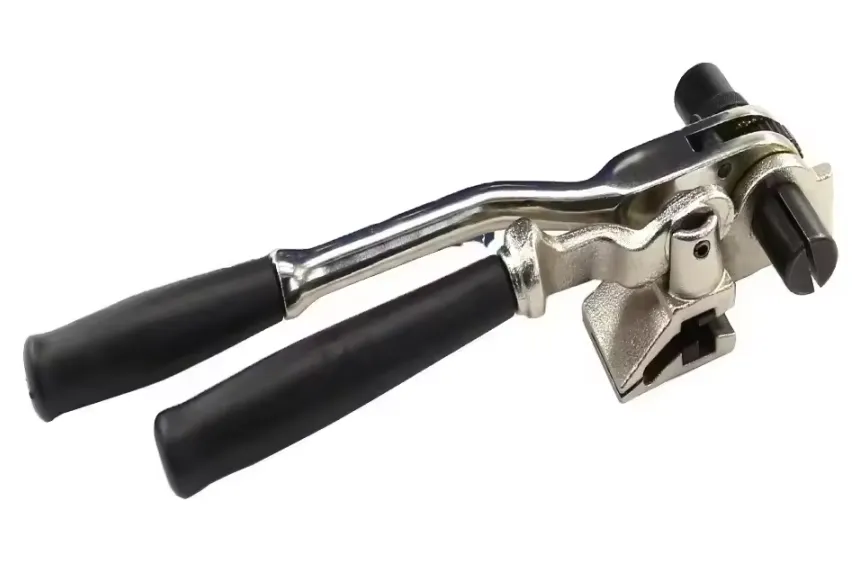
-
 Afrikaans
Afrikaans -
 Albanian
Albanian -
 Amharic
Amharic -
 Arabic
Arabic -
 Armenian
Armenian -
 Azerbaijani
Azerbaijani -
 Basque
Basque -
 Belarusian
Belarusian -
 Bengali
Bengali -
 Bosnian
Bosnian -
 Bulgarian
Bulgarian -
 Catalan
Catalan -
 Cebuano
Cebuano -
 Corsican
Corsican -
 Croatian
Croatian -
 Czech
Czech -
 Danish
Danish -
 Dutch
Dutch -
 English
English -
 Esperanto
Esperanto -
 Estonian
Estonian -
 Finnish
Finnish -
 French
French -
 Frisian
Frisian -
 Galician
Galician -
 Georgian
Georgian -
 German
German -
 Greek
Greek -
 Gujarati
Gujarati -
 Haitian Creole
Haitian Creole -
 hausa
hausa -
 hawaiian
hawaiian -
 Hebrew
Hebrew -
 Hindi
Hindi -
 Miao
Miao -
 Hungarian
Hungarian -
 Icelandic
Icelandic -
 igbo
igbo -
 Indonesian
Indonesian -
 irish
irish -
 Italian
Italian -
 Japanese
Japanese -
 Javanese
Javanese -
 Kannada
Kannada -
 kazakh
kazakh -
 Khmer
Khmer -
 Rwandese
Rwandese -
 Korean
Korean -
 Kurdish
Kurdish -
 Kyrgyz
Kyrgyz -
 Lao
Lao -
 Latin
Latin -
 Latvian
Latvian -
 Lithuanian
Lithuanian -
 Luxembourgish
Luxembourgish -
 Macedonian
Macedonian -
 Malgashi
Malgashi -
 Malay
Malay -
 Malayalam
Malayalam -
 Maltese
Maltese -
 Maori
Maori -
 Marathi
Marathi -
 Mongolian
Mongolian -
 Myanmar
Myanmar -
 Nepali
Nepali -
 Norwegian
Norwegian -
 Norwegian
Norwegian -
 Occitan
Occitan -
 Pashto
Pashto -
 Persian
Persian -
 Polish
Polish -
 Portuguese
Portuguese -
 Punjabi
Punjabi -
 Romanian
Romanian -
 Russian
Russian -
 Samoan
Samoan -
 Scottish Gaelic
Scottish Gaelic -
 Serbian
Serbian -
 Sesotho
Sesotho -
 Shona
Shona -
 Sindhi
Sindhi -
 Sinhala
Sinhala -
 Slovak
Slovak -
 Slovenian
Slovenian -
 Somali
Somali -
 Spanish
Spanish -
 Sundanese
Sundanese -
 Swahili
Swahili -
 Swedish
Swedish -
 Tagalog
Tagalog -
 Tajik
Tajik -
 Tamil
Tamil -
 Tatar
Tatar -
 Telugu
Telugu -
 Thai
Thai -
 Turkish
Turkish -
 Turkmen
Turkmen -
 Ukrainian
Ukrainian -
 Urdu
Urdu -
 Uighur
Uighur -
 Uzbek
Uzbek -
 Vietnamese
Vietnamese -
 Welsh
Welsh -
 Bantu
Bantu -
 Yiddish
Yiddish -
 Yoruba
Yoruba -
 Zulu
Zulu


സെപ് . 19, 2024 15:39 Back to list
1 inch ground rod
Understanding the Importance of 1% Ground Rods in Electrical Installations
In the realm of electrical installations, grounding is an essential practice that ensures safety and efficiency. Among the various components used in grounding systems, the ground rod plays a pivotal role. A specific type of ground rod that has garnered attention in recent years is the 1% ground rod. This article will delve into the significance, installation, and benefits of utilizing a 1% ground rod in electrical projects.
What is a Ground Rod?
A ground rod, often made of copper or galvanized steel, is a metal rod that is driven into the ground to establish a physical connection with the earth. This connection helps to facilitate the dissipation of electrical currents, thus minimizing the risks of electric shock and equipment damage. Ground rods are particularly crucial during lightning strikes, power surges, or faults in electrical systems, acting as a safe pathway for excess electricity.
The 1% Ground Rod Concept
The term 1% ground rod refers specifically to a targeted approach in grounding efficiency and effectiveness. The 1% concept is rooted in electrical code regulations and practical recommendations from various industry authorities. It suggests that the ground resistance of a grounding system should not exceed a specific threshold—often considered to be 25 ohms or less for effective grounding. Achieving this resistance level ensures that the grounding system can effectively dissipate fault currents.
Installation of a 1% Ground Rod
1 inch ground rod

Installing a 1% ground rod involves a series of precise steps to ensure compliance with safety standards. First and foremost, a suitable location must be identified—preferably in an area that is free from obstructions and has moist soil to enhance conductivity. Once a location is determined, the ground rod is driven into the ground using a sledgehammer or a power driver, with the top of the rod positioned slightly above ground level for easy access.
Care must be taken during installation to ensure that the rod is installed vertically and securely. After installation, a grounding conductor is connected to the ground rod and tied into the electrical system. It is crucial to test the ground resistance using a soil resistivity meter to confirm that it meets the 1% requirement for optimal efficiency.
Benefits of Using a 1% Ground Rod
One of the primary benefits of a 1% ground rod is enhanced safety. By ensuring a low resistance to ground, it reduces the risk of electrical shock and protects sensitive equipment from power surges. Furthermore, effective grounding minimizes the potential for equipment failures, which can lead to costly downtime for businesses and homeowners alike.
Additionally, utilizing a 1% ground rod can improve the overall performance of electrical systems. Enhanced grounding facilitates better current flow and ensures that electrical devices function optimally, thus extending their lifespan.
In conclusion, the 1% ground rod is an indispensable element of modern electrical installations. Its strategic role in grounding practices not only promotes safety but also enhances performance across various electrical systems. As technology advances and safety standards evolve, the importance of effective grounding will continue to be a focal point in electrical engineering and installation practices. Investing in a reliable grounding system with a 1% ground rod can pave the way for safer and more efficient electrical solutions.
Latest news
The Unique Design of Cable Socks
NewsJun.04,2025
Swivel Connectors in Industrial Automation
NewsJun.04,2025
Safety Features of Link Sticks
NewsJun.04,2025
How to choose the best cable pulling winch for sale
NewsJun.04,2025
Fish tape safety precautions
NewsJun.04,2025
Essential Maintenance Tips for Cable Pulling Tools
NewsJun.04,2025











